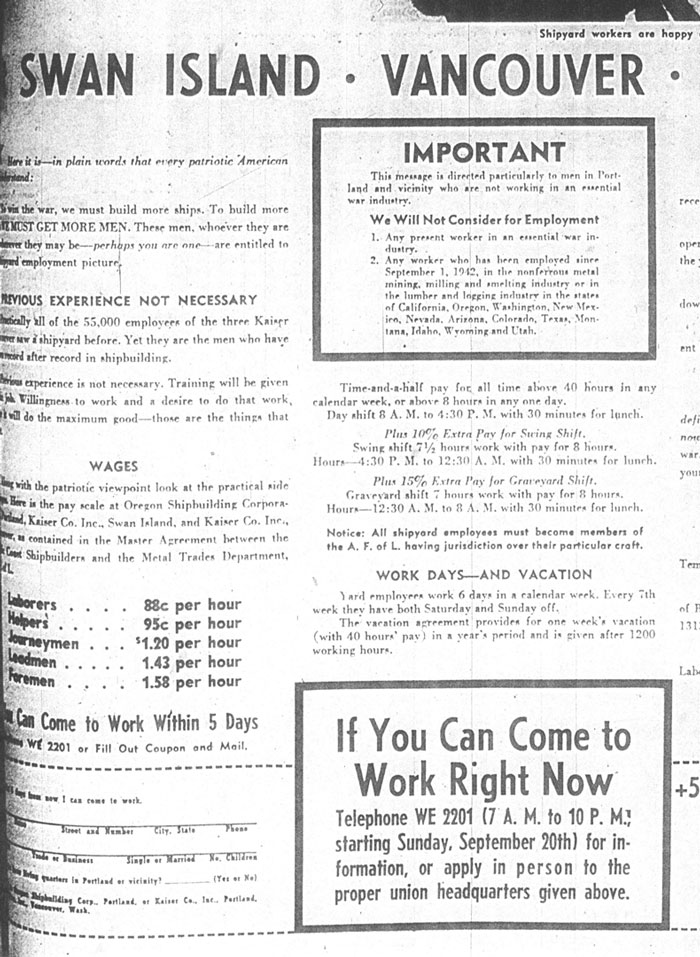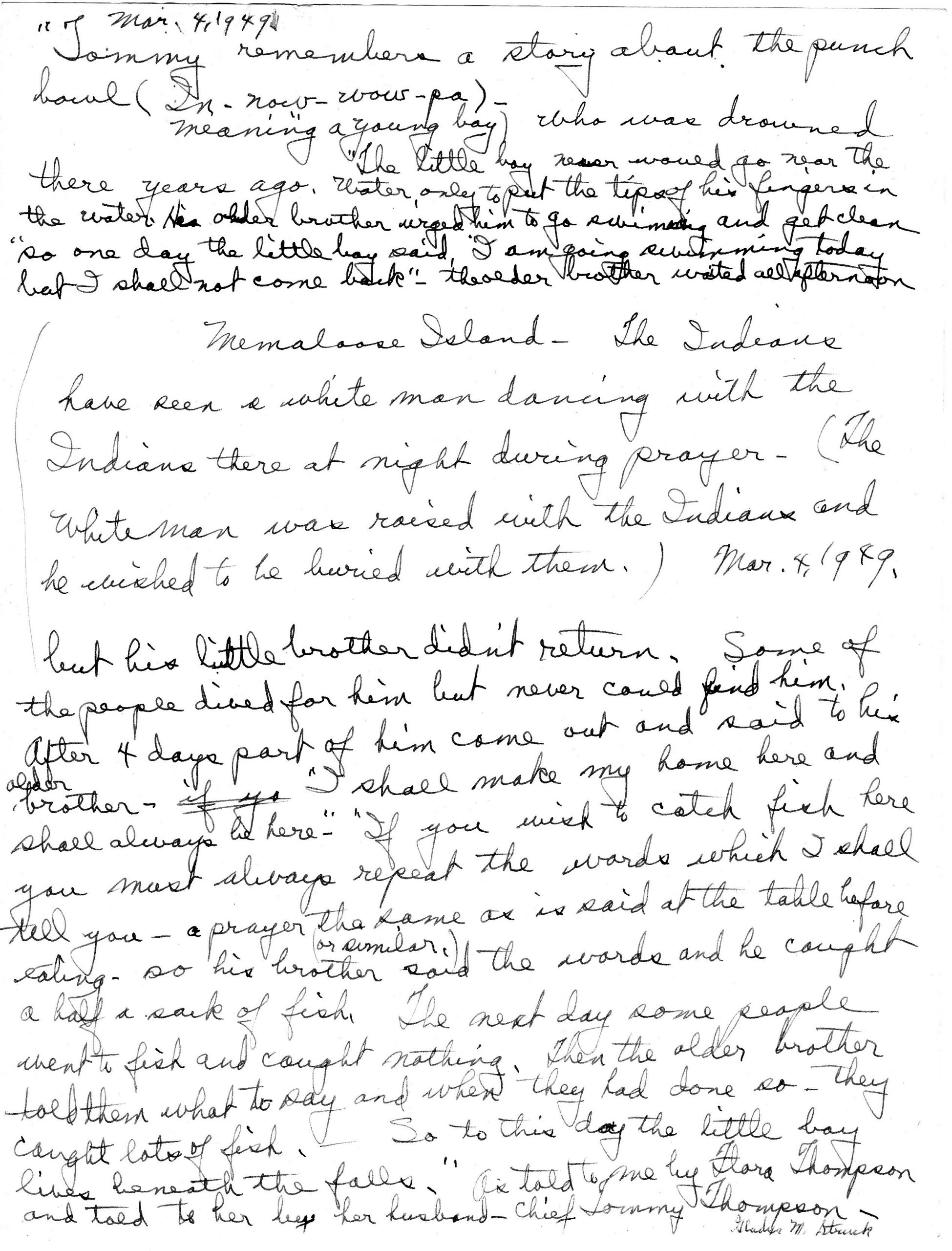All posts by Ben Rearick
History on Location Exercises
At the March 21, 2009 “Uncovering Civil Rights in Our Communities” workshop, teachers started the day with two exercises–History on Location Exercises
Teachers used this map of the Vancouver National Historic Reserve to map the invisible histories on site.
They began the day thinking about what kinds of questions they might ask to uncover lived experience. They were provided with an example of oral history panel interviewing, interview tips, and the Principles and Standards of the Oral History Association.
Tips and Resources for Using Oral History in the Classroom
Using oral history in the classroom can be beneficial at any age. For ideas about how to implement oral history into your classroom, see these Oral History Tips and Resources.
Washington State History Resources
This page provides resources for teaching Washington State History, from our partners and from the CCRH website.
The Washington State Historical Society Education Department has many useful resources, including History Boxes, Lesson Plans, and Columbia Kids, the online history magazine for kids up to age fourteen.
The Washington State Historical Society “Treaty Trail” site includes curriculum, resources, and online activities for teaching about treaties in Washington State—who negotiated them, their significance, their relationship to the U.S. Constitution, and some of their ongoing consequences.
The Center for Columbia River History community history websites include primary documents and secondary historical narratives focused on Washington State. These materials are ideal for meeting state standards.
Through primary documents, photographs, and oral history interviews, the Camas Community history website tells the story of Camas, Washington, a mill town located near the Columbia River gorge. The site is divided into three parts demonstrating change over time from the early contact era to the end of the 20th century: I – the Cascade Indians & Early Town History; II – Company Town; III – Growth and Change.
The Columbia Basin Native Fishery website profiles many indigenous groups of the Columbia Basin. The site includes documents regarding Indian fishing rights such as treaties and court cases in both the U.S. and Canada. These documents can be used to answer the “questions to consider.” Other sections address treaty harvest rights, dams and their effects on the Native fishery, and traditional fishing methods. A photo archive includes images of Indian fishing and of the river before and after it was dammed.
The Crewport Community History website tells the story of the Crewport, Washington Farm Labor Camp constructed by the Farm Security Administration during WWII, just two miles north of the City of Granger, Washington. This web site, grounded in oral history interviews and supplemented by photos and documents, weaves together the history of migrant families who resided at Crewport from the 1940’s through the late 1960’s when the Camp was closed. Created in partnership with Yakima Valley Community College, the Crewport community history is an example of a community based service learning project using oral history in the classroom.
The Moses Lake Community History website also uses images, documents, photos, and oral histories to explore the history of a community impacted by the building of Grand Coulee Dam. Although many welcomed federal programs that provided irrigation water and cheap hydroelectric power, the resulting inundation of the lands along the Columbia fundamentally altered Native American communities and several small settlements that had grown up since the mid-1880s. This site provides “go to the source” and “questions to consider” for each section.
Words, Water, and Work: Literature and History in the Columbia River Basin
Words, Water, and Work: Literature and History in the Columbia River Basin introduces educators to poets, novelists and essayists who have written about the social and ecological transformation of the Columbia River Basin, from the 1930s to the present.
2008 Castles Fellow Chad Wriglesworth, University of Iowa Ph.D. candidate and former Language Arts teacher presented this workshop on February 20, 2010. The agenda and a site-based bibliography are available below, in addition to case studies and primary documents for analysis using this Big Dam History Detectives Scaffolding Exercise.
Words, Water, and Work Agenda and Bibliography
Big Dam Fact Sheets, including Columbia Basins Physical Characteristic, Bonneville, Grand Coulee, and The Dalles dams.
1942 advertisement in the Oregonian recruiting workers
River of Memory by William Denison Layman
William Denison Layman, “River of Memory,” Columbia Magazine, Spring 2003: Vol. 17, Num. 1
The Wanapums, a small Native American band of about 100 people, live in a village by Priest Rapids as they have done since the time of the Ancients. Their lands once covered millions of acres; roots and salmon were plentiful. Their old tule mat village, P’na, stood alongside the rapids until the late fifties when it was flooded by the backwaters of Priest Rapids Dam. Lands for a newer village of modern homes and a well used long house were set aside at that time by Grant County Public Utility District as part of their ongoing commitment to promote and perpetuate Wanapum culture. While the dams have altered life immeasurably, many Wanapums work at Priest Rapids and Wanapum Dams, both licensed to Grant County PUD. In spite of enormous changes, Wanapums hold to their traditional ways and sacred teachings; their relationship to the river remains vitally strong.
According to Wanapum teaching, the world has gone through three major epochs. In each instance… Finish reading the River of Memory Article
Site Bulletin: The Civil War Era at Fort Vancouver
This site bulletin was produced for the City of Vancouver by the Center for Columbia River History in partnership with the National Park Service at Fort Vancouver National Historic Site, www.nps.gov/fova/.
Voices of the Past: Re-Visioning This Place

Imagine the Lower Columbia region 250 years ago, from the Cascade Rapids (now covered by Bonneville Dam) to the sea. The timbered landscape would have been dominated by Chinookan longhouses, extended family homes that comprised Native towns of several hundred to thousands of people. Carved and decorated canoes would have rested in clearings along the rocky river banks, canoes that plied the river and its tributaries — the region’s highways…
To continue reading the August 27, 2009 Vancouver Voice article, “Re-Visioning This Place: Chinookan Cultural Persistence on the Lower Columbia” by Donna Sinclair.


